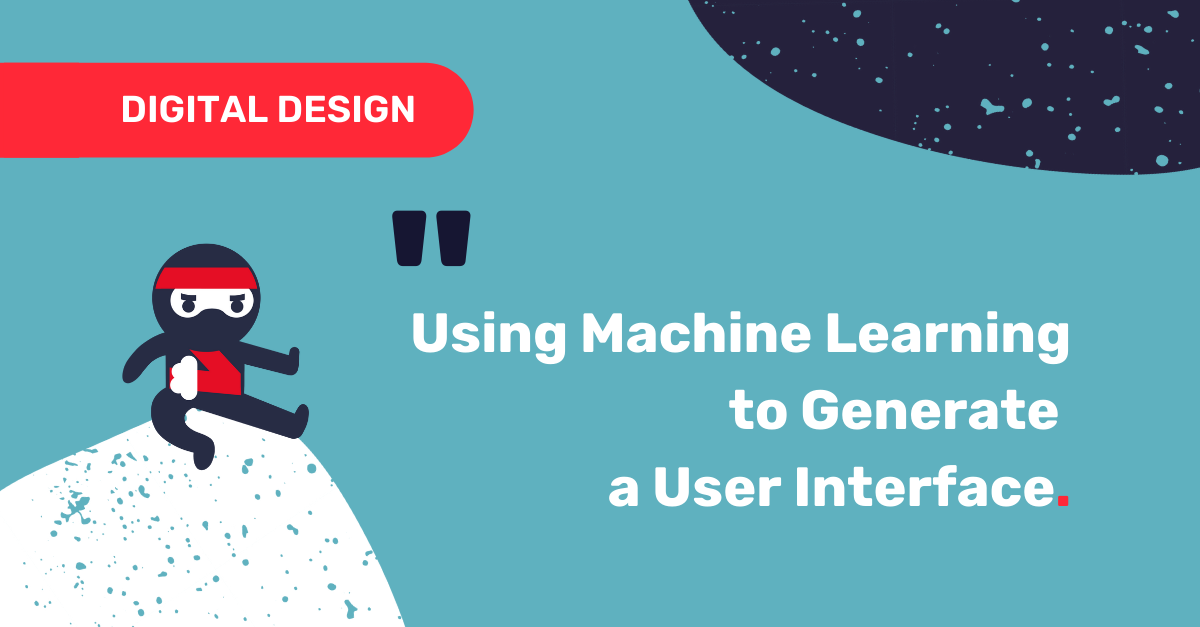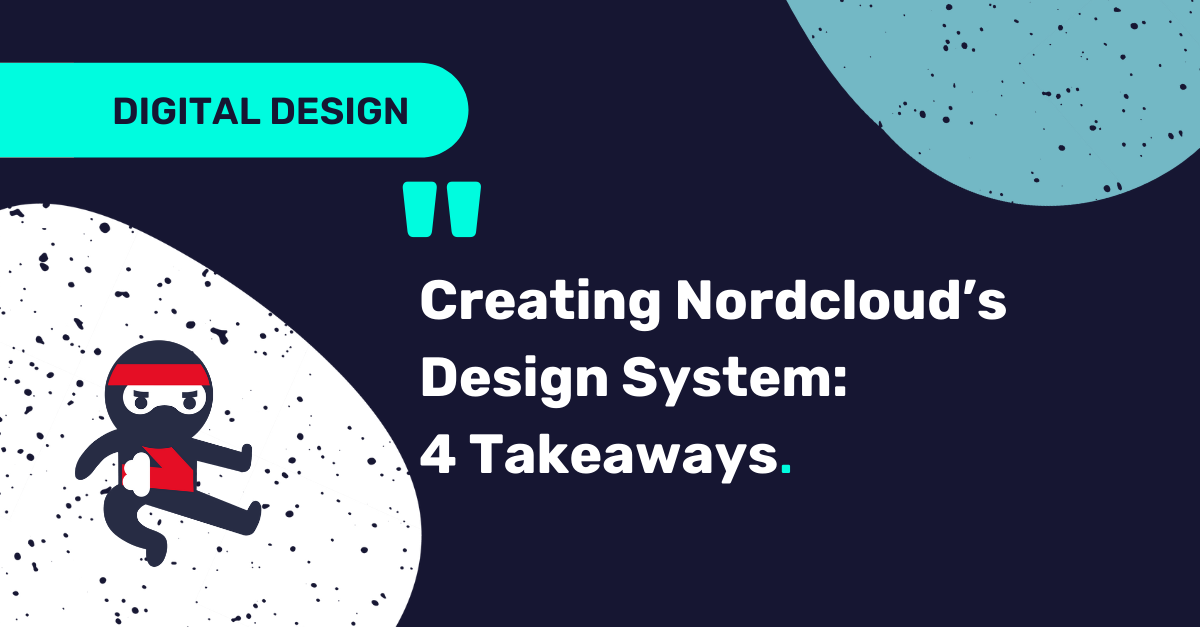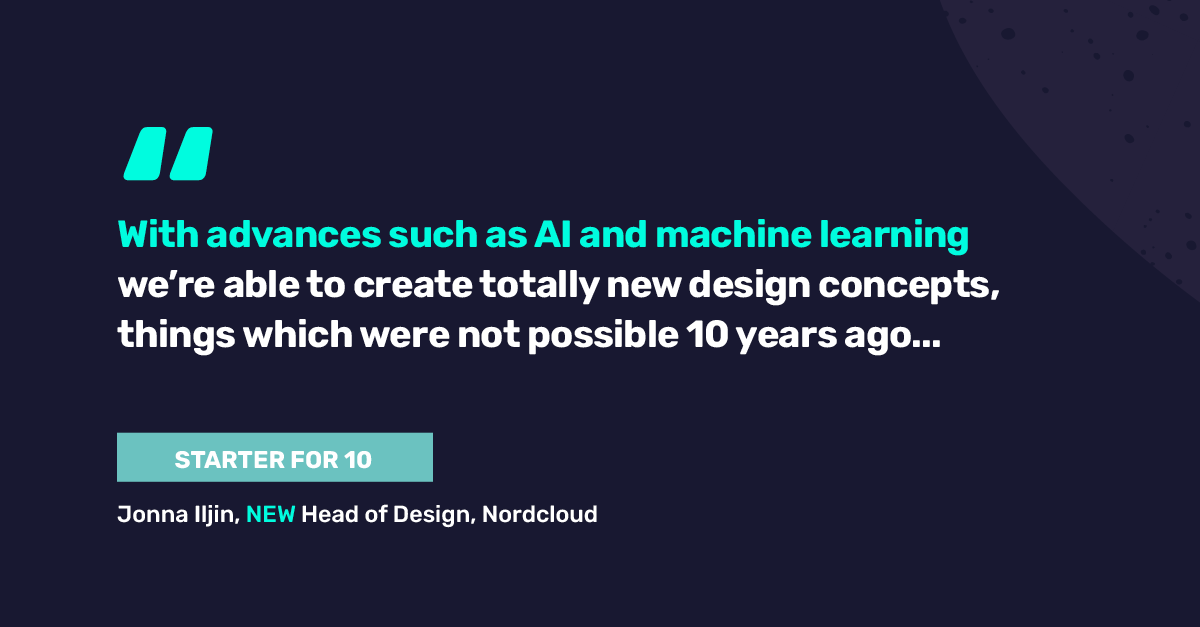
4 Reasons Why Accessibility Matters in Design
What is accessible design, and why does it matter? In our daily work, accessibility means creating digital services that can be used by everyone; those with disabilities and other limiting factors included. Here are our top four reasons why we consider accessibility an important part of our daily work:
1. Many of us will need accessible services at some point
Accessible design grants many of us equal access to services. In the EU, over 80 million people have some form of impairment. These are significant groups of people that are at risk of being excluded when services aren’t designed with accessibility in mind.
And it doesn’t end there: you can also be impaired momentarily. Think of a time when you’ve fed the baby, used the computer one-handed or looked at your screen in bright sunshine. We all face obstacles while using digital services — and that’s why we all benefit from services designed to be accessible.
2. Accessible design is usually better design
The rules for accessibility tend to overlap with what’s considered good design. For reference, let’s look at the commonly-used POUR principles that guide designers and developers in making accessible products:
- Perceivable: the user can identify content and elements — whether it’s visual, sounds or touch.
- Operable: the user can use controls, buttons and other interactive elements.
- Understandable: the user can understand the format and presentation and learn how to use the interface.
- Robust: the product is designed to function on all appropriate technologies.
In the Nordcloud Design Studio, following these guidelines impacts the way we work – from writing code to creating visuals. Everything starts with quality code: we semantically think of HTML and label it for screen readers. We also make components accessible with keyboards and screen readers. When we write text for the user, we use plain language. For the visual look of a service, we increase the colour contrast and use relevant images.
Making a product with these considerations in mind provides a better user experience to those with disabilities — and to those without them. And the more user-friendly a service is, the better it arguably is.
3. An accessible service has a higher number of potential users
What’s the most important goal when designing a digital service? For many, it’s to have it become as widely used as possible. Making a design accessible automatically makes it available to more people, which results in a higher number of potential users.
An accessible design doesn’t shut anyone out – but without it, you’re limiting someone’s access. Just think of it in terms of buildings: those that don’t have a ramp outside can be visited by fewer people than those that do. If you’re a store that lives off of visitors, getting them inside is key.
4. Accessibility is equality
At its core, accessibility isn’t just a nice-to-have feature: in many countries, it’s the law. In the EU, public organisations are governed by the Web Accessibility Directive, and many products and services fall under the European Accessibility Act — not to mention laws governing equality within individual countries.
According to the UN Convention on the Rights of Persons with Disabilities, access to communications technology is a human right. It’s our responsibility as designers and developers to make sure we’re creating services that fulfill that right for everyone.
As we’ve seen, on the user’s side, accessibility is a human right; on the designer and developer’s side, accessibility provides a roadmap for creating user-friendly services for many.
Get in Touch.
Let’s discuss how we can help with your cloud journey. Our experts are standing by to talk about your migration, modernisation, development and skills challenges.




